

Light interacts with biological materials in several different ways. This field of research is known as biophotonics. Associate Professor Rainer Künnemeyer, from the University of Waikato, is ...
READ MORE
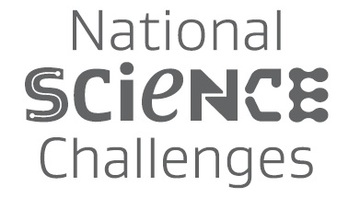
As New Zealanders looking to the future, we are faced with many opportunities – and challenges. These include improving the health of all our people, advancing our economic growth, protecting our ...
READ MORE
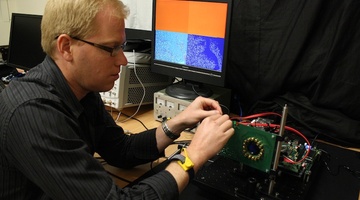
Dr Adrian Dorrington from the School of Engineering at the University of Waikato is conducting research in the field of optoelectronics. His work is involved with finding out how 3D cameras can ...
READ MORE

In this activity, students use UV beads to investigate the effectiveness of different sunscreen lotions. Rights: The University of Waikato Te Whare Wānanga o Waikato UV beads UV beads change ...
READ MORE
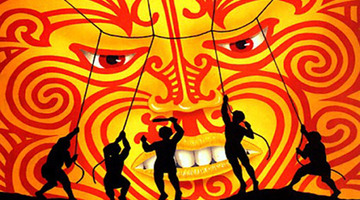
In this activity, students are introduced to the concept of harnessing the Sun’s energy for our use on Earth. They will appreciate that the early Māori were also thinking about the Sun in ...
READ MORE

In this activity, students explore sunlight being converted into electricity. They are introduced to the concept of photovoltaics – making electricity from sunlight. They will become aware of ...
READ MORE
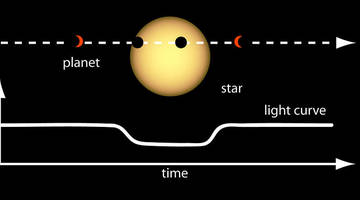
Search data from NASA’s Kepler spacecraft for the dips in star light intensity caused by exoplanets – planets that orbit stars other than the Sun. As these exoplanets pass between the star and ...
READ MORE
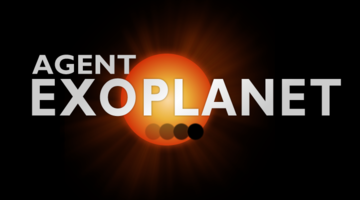
Help astronomers at Las Cumbres Observatory, California, study exoplanets – planets that orbit stars other than our Sun. Do this by interpreting images taken by their telescopes in Hawaii ...
READ MORE
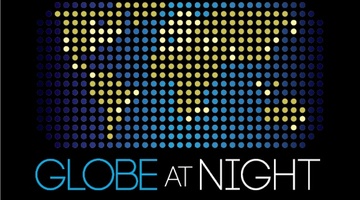
Globe at Night is an international citizen science campaign to raise public awareness of the impact of light pollution by inviting citizen scientists to measure and submit their night sky ...
READ MORE

Long ago, according to the legend of Māui, the Sun was the focus of attention. People wanted more daylight and warmth to get their jobs done. Māui schemed to harness the Sun. Rights: Tim Tripp ...
READ MORE
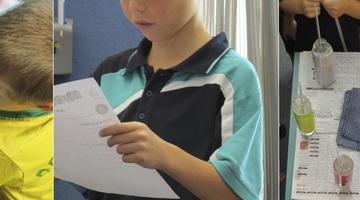
In the primary classroom, even though teachers and students generally spend the day together, it cannot be assumed that students will experience their learning as coherent, connected or ...
READ MORE
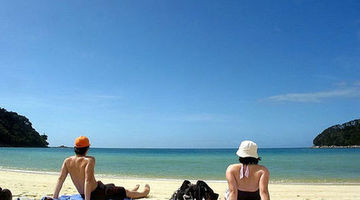
The hole in the layer is a problem for all New Zealanders because it allows greater levels of potentially harmful UV rays to enter the atmosphere. These rays have been found to increase the risk ...
READ MORE
Dr Adrian Dorrington, a scientist from the University of Waikato, explains how the brain interprets the images our two eyes receive. The net result is that we experience depth perception. 3D ...
READ MORE
University of Waikato scientist Dr Adrian Dorrington is investigating different applications of 3D cameras. The camera emits light, and the time of flight from camera to object and back again is ...
READ MORE
Using time-of-flight 3D cameras for measurement applications has its operational problems. University of Waikato scientist Dr Adrian Dorrington explains what these are and how they can be ...
READ MORE
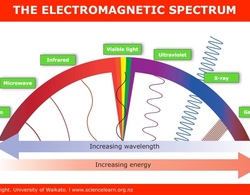
This interactive looks at the electromagnetic spectrum. To use this interactive, move your mouse or finger over any of the labelled boxes and select to obtain more information. Select here for a ...
READ MORE

This slideshow, from the webinar Vision 20/20, provides additional support for the webinar video. Use the Slideshow menu for further options, including view full screen, and go here for the ...
READ MORE
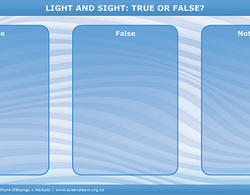
Use this interactive graphic organiser to help highlight some common alternative conceptions about light and sight. Place each label where you think it belongs. This activity can be done ...
READ MORE